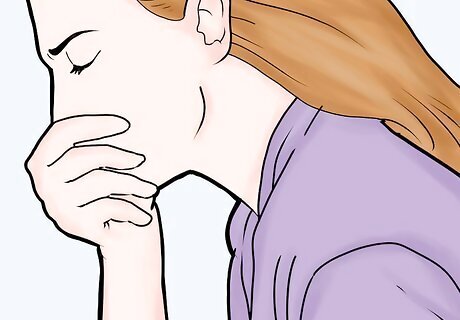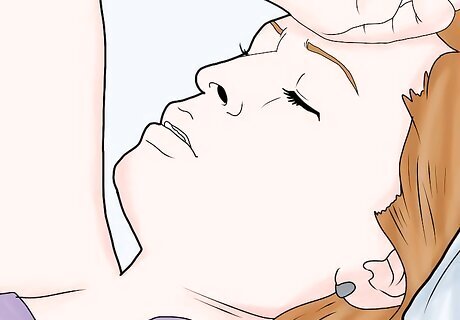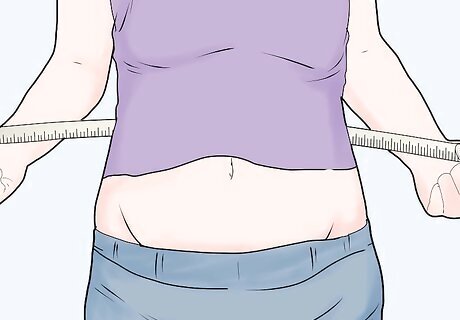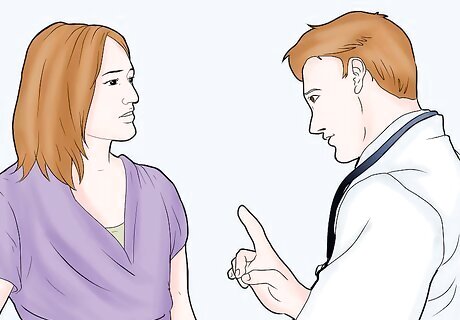
views
Month One: Pregnancy Symptoms

Keep track of the date of your last menstrual cycle. The first day of the last menstrual cycle is actually considered the first day of pregnancy. Marking this date on your calendar will also help you determine the date of conception. Fertilization is most likely to occur about 2 weeks after your last menstrual cycle. You are unlikely to experience symptoms until about 2 to 3 weeks after week 1.

Look for symptoms similar to PMS, which mirror those of early pregnancy. The first symptom you may notice in week 3 or 4 is a heavy vaginal discharge. This is usually noted right after conception, and even before a pregnancy test will issue a positive result. It may be whiter and milkier than usual. At the end of week 4, you may notice cramping and spotting. If this is normally part of your cycle, it may go unnoticed. Spotting is actually called “implantation bleeding.” Pay attention to sore breasts. They can grow quickly and become painful to the touch. Oversensitive nipples or darkened areolas are also often a feature of pregnancy at the end of the first month.
Month Two: Pregnancy Symptoms

Take a pregnancy test. Approximately 5 to 8 weeks after pregnancy, your hormones should ensure a positive result. Doctors usually prefer that you wait 8 to 12 weeks to be tested at the doctor's office.

Beware of morning sickness. Most women start to report nausea and vomiting between week 5 and week 7. It can last a few weeks or several months. Doctors recommend that you avoid foods with strong odors and eat many small meals during the day to stay healthy and. Many women find that bland, starchy foods such as saltine crackers are good for combatting morning sickness. You may find it helpful to keep some near your bed and in your purse.

Expect fatigue. Although you may start to experience fatigue as early as the first month, it will increase in the second month. You should be able to tell you are pregnant and not simply tired. Rest more regularly. Your body may require more sleep at night or several rests during the day.

Note if you have missed your period. You should be experiencing these symptoms between week 5 and week 8, in addition to not having a menstrual cycle.
Month Three: Pregnancy Symptoms

Note whether your waist is growing. By the ninth week, your pants should start getting tighter, if they haven't already. Consider measuring your waistline with a measuring tape in order to chart your growth.

Pay attention to food cravings. Even during morning sickness, around week 9 or 10, you may have food aversions or cravings regularly.

Keep track of emotional mood swings. Hormones have been changing throughout the process, but they may be more noticeable as you approach your second trimester.

View your skin start to change. Many women will find dark patches on their body and face. This is a normal sign of hormonal changes.

Notice whether your morning sickness appears to be less frequent. This is usually a sign you are approaching your second trimester. At 12 weeks, you can expect to be hungry more often. Many women find that as morning sickness goes away, they experience some heartburn.

Visit your doctor, if you have not already. Other symptoms, like frequent urination, weight gain and discomfort depending upon the person as much as the stage of pregnancy. Your doctor can guide you through the normal phases of pregnancy during the second and third trimesters.


















Comments
0 comment